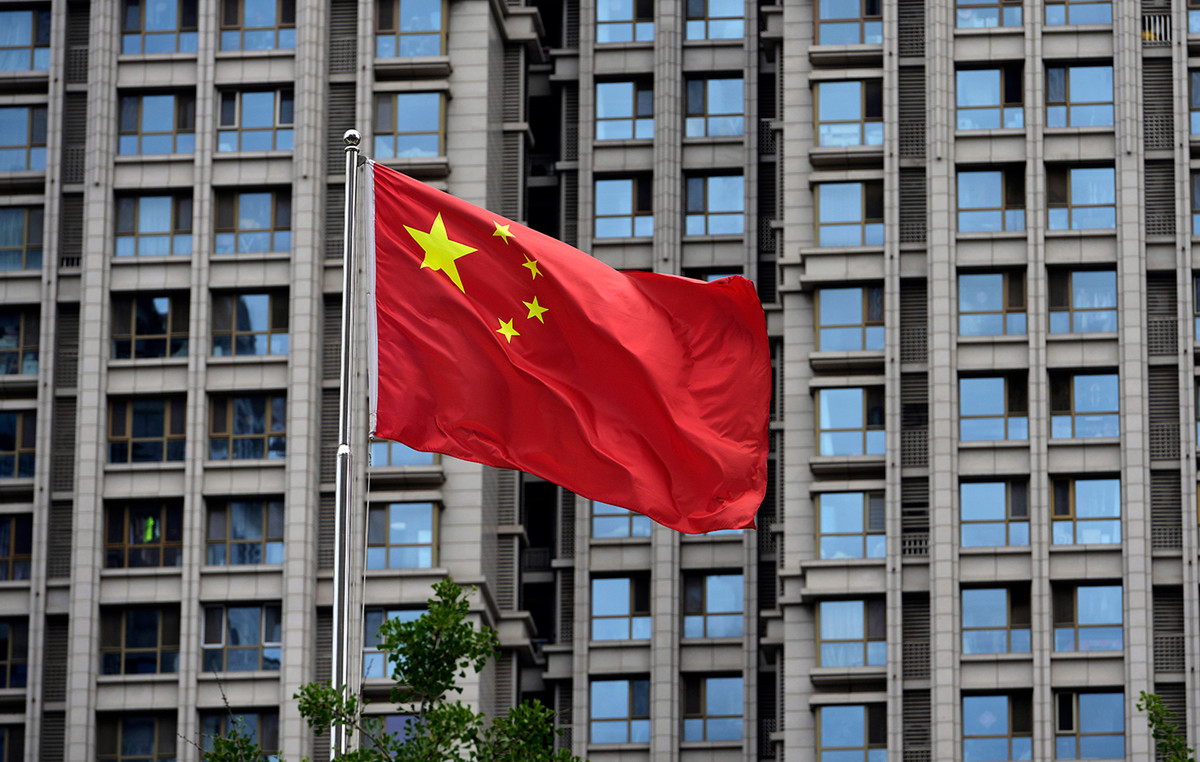America is facing an overdose death crisis. In 2021, more than 106,000 Americans lost their lives to drug overdoses – including more than 1,100 teenagers in that year alone.
Synthetic opioids, most notably involving the powerful drug fentanyl, are the main driver of overdose deaths, with an overall nearly 7.5-fold increase from 2015 to 2021, according to the US Centers for Disease Control and Prevention. Overdoses and poisonings are the third leading cause of death in children and adolescents aged 19 and under.
In 2022, the US Drug Enforcement Administration seized over 50 million fake pills and over 4,500 pounds of fentanyl. All of this comes as parents and caregivers are increasingly concerned about fentanyl poisoning among teens and young adults who unknowingly consume fentanyl pills sold illegally under the guise of a less potent drug.
Many people may not know about fentanyl and its legitimate uses, but it’s helpful — and potentially lifesaving — to know what makes it so dangerous and what can be used to reverse its effects.
Fentanyl is different from the animal tranquilizer xylazine, also known by its popular name, “tranq”, but they are increasingly being used together. Is there a way to tell if counterfeit drugs contain fentanyl or xylazine? And how can concerned parents and family members protect their loved ones from a fentanyl overdose?
To guide us through questions about these medications, I spoke with the medical analyst at CNN , Dr. Leana Wen, emergency physician and professor of health policy and management at George Washington University’s Milken Institute School of Public Health.
She is also chairman of the advisory board for the Behavioral Health Group, a network of outpatient opioid treatment and recovery centers across the United States. Previously, she served as Commissioner of Health for Baltimore, where she oversaw the city’s opioid prevention strategy.
CNN: What is fentanyl and what should it be used for?
Dr. Leana Wen: Fentanyl is an extremely powerful opioid. It is between 50 and 100 times more potent than morphine, which is another common opioid drug.
There are legitimate medical uses for fentanyl. For example, cancer patients who have excruciating pain may find relief with a fentanyl patch or lozenge. Or someone who has just broken their arm and needs immediate pain relief might benefit from a fentanyl injection.
These events are instances where patients receive fentanyl in appropriate medical settings, for specific medical indications. Most opioid overdoses are not due to fentanyl being diverted from a legitimate medical purpose.
Much fentanyl is being manufactured in illegal and clandestine laboratories. It is this illegally used synthetic fentanyl that is most often associated with recent overdose deaths.

CNN: What makes fentanyl so dangerous?
Wen: Fentanyl, like other opioids, causes drowsiness and sedation. Someone who takes too much fentanyl loses consciousness and stops breathing. Within minutes, they can die because they are not breathing and not getting oxygen to their organs.
Because fentanyl is such a potent opioid, taking even a small amount can be deadly. Another element that makes fentanyl so dangerous is that many people may not be aware they are taking the powerful drug. It’s very cheap to make, so some dealers are mixing fentanyl with other illicit substances such as heroin, benzodiazepines, cocaine, MDMA (commonly known as ecstasy or molly) and methamphetamines.
Fentanyl can also be made into pill form and can be mixed with other fake pills. Some people may think they are taking a less potent opioid such as oxycodone, but they are actually taking fentanyl.
CNN: What can be used to reverse the effects of fentanyl?
Wen: There is an antidote for opioids, naloxone, which can reverse the effects of opioids, including fentanyl. Naloxone is available as a nasal spray and as an intramuscular injection.
I would strongly recommend that anyone who uses opioids – whether prescription opioids or illicit drugs – carry naloxone with them. If they are taking an overdose, they cannot save their own life, but people who use drugs are likely to be close to others who use drugs and may be able to help revive others.
Also, they could tell friends and family ahead of time where their naloxone is so that those around them can administer it if they are found unresponsive.
Family members of those using opioids should also carry naloxone and ensure they learn to use this antidote. Someone who has taken fentanyl may need more than one dose to be revived.
It is extremely important to also call 911 if someone is unresponsive and has a probable overdose. Do not wait for paramedics to arrive before administering naloxone – administer it as soon as possible. But again, make sure you call 911 to get immediate medical attention.
CNN: Does naloxone work with other drugs, like heroin, benzodiazepines, or the animal tranquilizer xylazine?
Wen: Naloxone works to reverse heroin overdoses. However, it does not work against benzodiazepines, which are a separate class of drugs from opioids.
It also doesn’t seem to work against xylazine, which is a tranquilizer not approved for use in humans but is commonly used to sedate large animals such as horses. Xylazine, commonly referred to as tranq, has also been found mixed with other drugs and can also be fatal.
That’s another reason to call 911 when you find someone suspected of having an overdose. Even if they’ve taken fentanyl or another opioid, there’s a chance they also have something else in their drug supply that might not respond to naloxone.
CNN: Is there a way to tell if counterfeit drugs contain fentanyl?
Wen: You can’t tell just by looking at the drug. Counterfeit drugs sometimes look different from real drugs because they come in poor quality packaging or are irregularly shaped, marked, or colored, but often they look almost identical. You also can’t tell just by looking if it might be contaminated with fentanyl.
There is a method, advocated by harm reduction advocates, to test fentanyl in drug supplies using fentanyl test strips. The US Centers for Disease Control and Prevention has more information on how to use this test.
Note that just because a pill doesn’t contain fentanyl, it doesn’t mean that all pills from that vendor don’t have it. Additionally, fentanyl test strips do not pick up xylazine or other potentially deadly contaminants.
CNN: And how can concerned parents and family members protect their loved ones from fentanyl overdoses?
Wen: Teach your children that counterfeit drugs are often contaminated with fentanyl and how dangerous fentanyl is. A small amount can stop breathing and be fatal. They must not trust what they are getting from an illicit supplier; it’s like playing russian roulette as you don’t know if it might contain fentanyl.
Know the signs of overdose and take naloxone with you. You can ask about getting naloxone at your local pharmacy, and many state and local health departments also carry naloxone. For teens who are addicted to opioids or who use drugs because of other underlying conditions, such as depression or anxiety, help is available. Start by contacting your pediatrician.
Source: CNN Brasil
I am an experienced journalist and writer with a career in the news industry. My focus is on covering Top News stories for World Stock Market, where I provide comprehensive analysis and commentary on markets around the world. I have expertise in writing both long-form articles and shorter pieces that deliver timely, relevant updates to readers.







